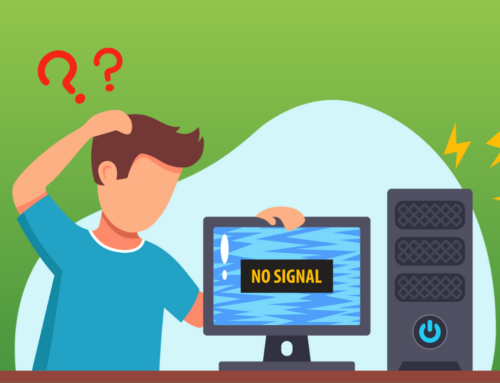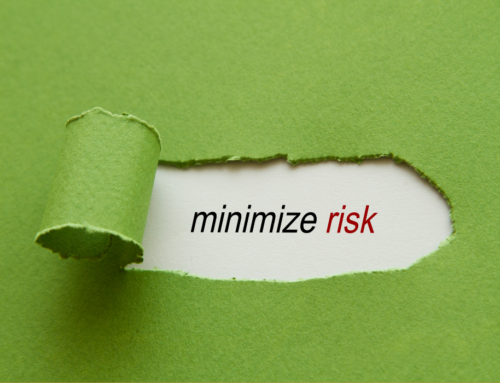It’s been said that for every weakness, there is a strength. For instance, if you are negative, that simply means you are realistic, and if you are aggressive, then you are merely a confident person.
It’s a great way of justifying your weaknesses, right? A great way to ignore where your downfalls exist by vehemently asserting, “Because of this, I am this!” But, really, this mentality does you no good.
While it would be impossible to be completely free of weaknesses, it isn’t impossible to say that you may be less weak in one area or have considerably less weaknesses overall. You just have to realize that they do exist and then work towards improving them—which seems easy enough but, in all actuality, this is the last thing that people ever want to do. “What do you mean I have weaknesses?”
So to help you in your journey to a stronger you, here is a 4-part strategy bound to strengthen your weaknesses.
Discover the problem.
You can’t correct a problem if you don’t know a problem exists (or if you refuse to believe a problem exists at all). That makes ‘discovery’ the first step of this 4-part strategy. If you can’t identify weaknesses yourself, then ask a family member, friend, or coworker; they’re bound to have one, or two, or twenty for you. It’s important to remember not to be offended, belittled, or angered by their responses. You should view it both as an opportunity for growth and as a humbling experience.
Understand the root.
Once you identify a weakness, you need to establish the root of the problem. This is typically the easiest part (and usually something you realize after you’ve already exhibited your weakness). Let’s say you’re a rather aggressive person. So ask yourself, why you are so aggressive? And, please, don’t say it’s because you’re confident. You cannot correct a bad with a good. Are you only aggressive with certain people? Maybe ones you don’t trust, don’t know, don’t get along with, or don’t understand? In what situations are you the most aggressive, and is it only when specific topics are brought up? Pay attention to how you feel during moments of weakness and take a few minutes afterwards to examine the “why” of your weakness.
Look at it daily.
After you understand where your weakness comes from, don’t forget about it. Don’t avoid it until you’re “ready” to deal with it, because odds are, you’ll never be ready to deal with it. Make a point to recall and examine every instance that you exhibited a weak behavior tendency during the day. Once you get really good at it, you will start to notice these tendencies as you’re feeling them or when you’re about to feel one. For instance: when someone is speaking to you, and you begin to notice a surge in your “confidence.”
Find a coping mechanism.
Noticing your weaknesses as they occur is the biggest step towards strengthening yourself. At this point, you can effectively work to reduce your weakness or stop it altogether. This might involve some sort of coping mechanism for a while, at least until it becomes second nature to you. And these will differ from person to person and from weakness to weakness. For example, a tendency to be overly aggressive might involve breathing exercises or require a person to learn how to actively listen to people. Whatever it is, it’s important that you not only look at your downfalls daily but proactively work to strengthen them, as well.






